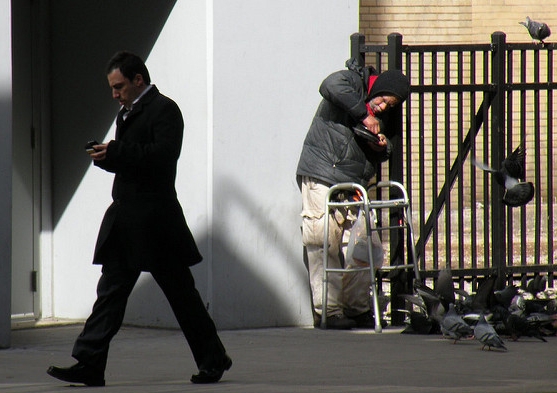What did the rich man say to the poor man? Why spatial inequality in Australia is no joke
Not only has income inequality in Australia grown over the past two decades, rich and poor are also more segregated in terms of where they live, writes Bruce Bradbury.





